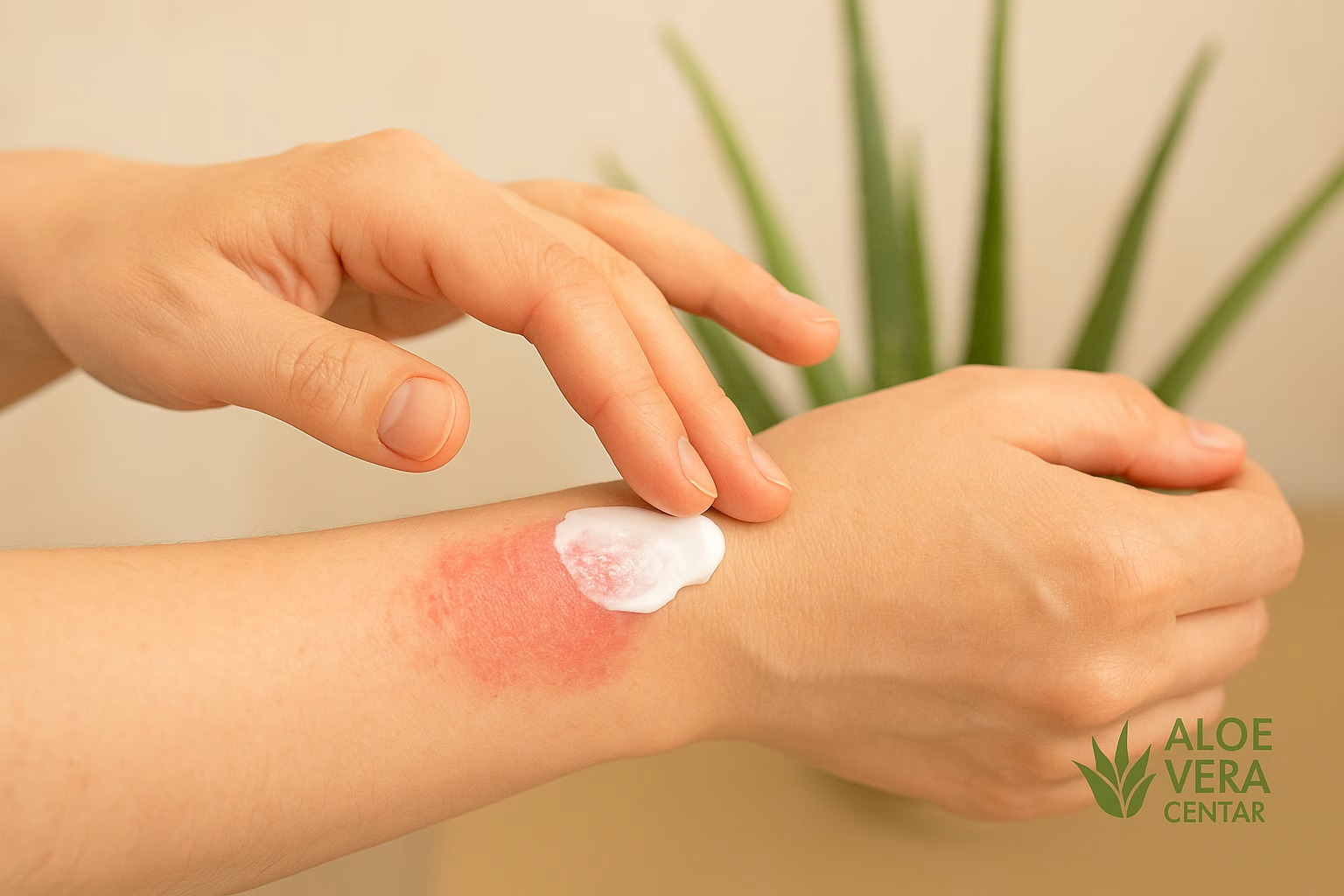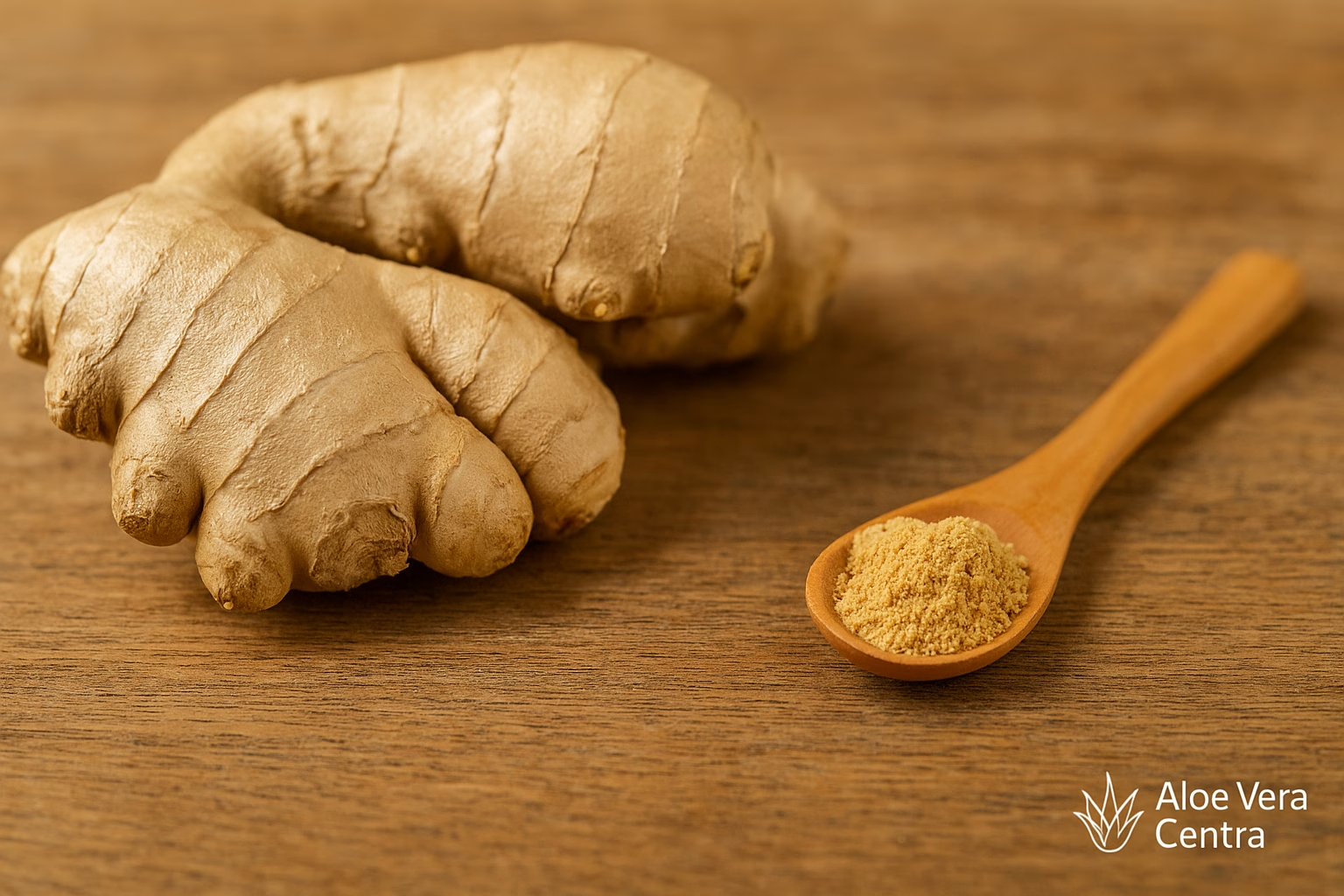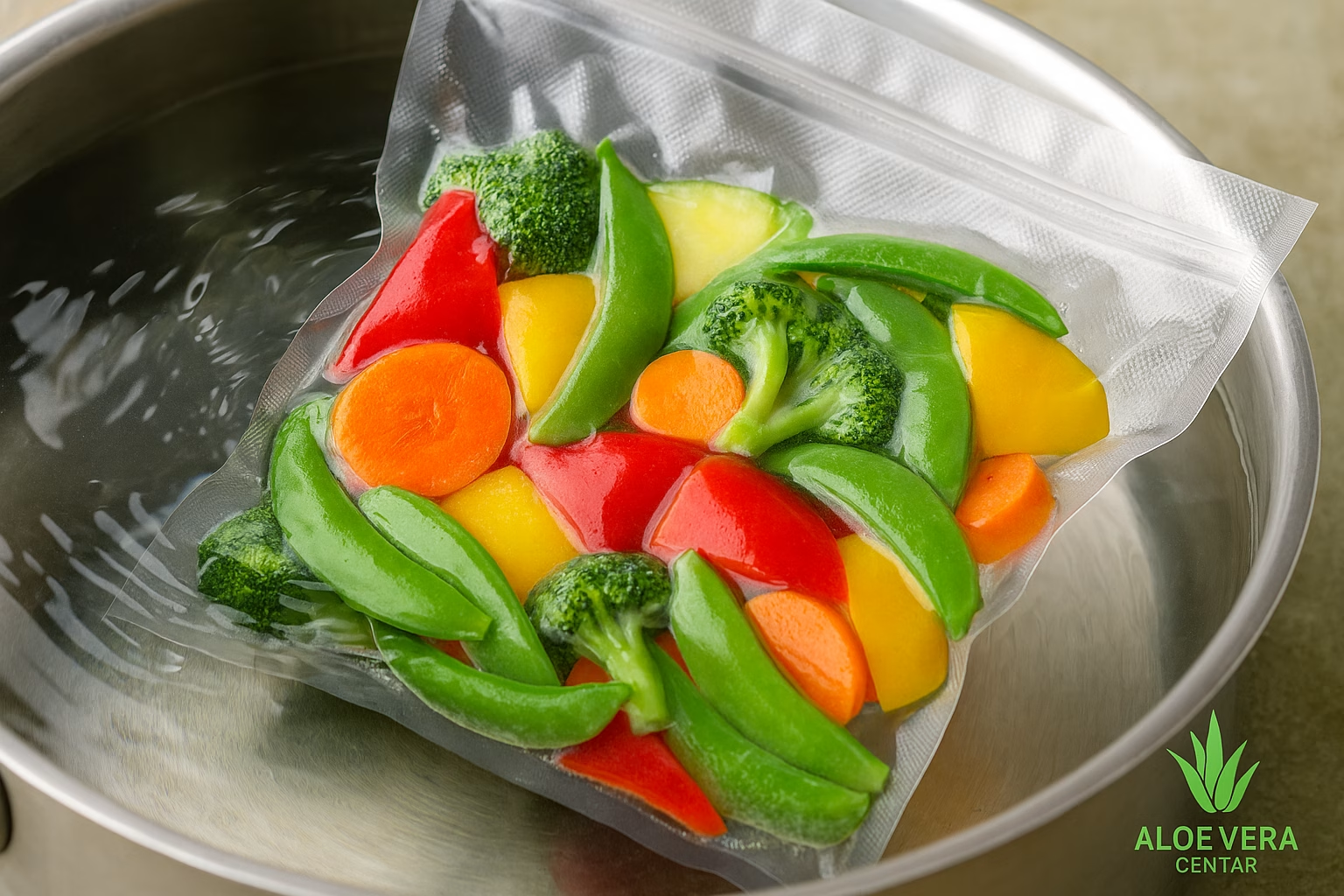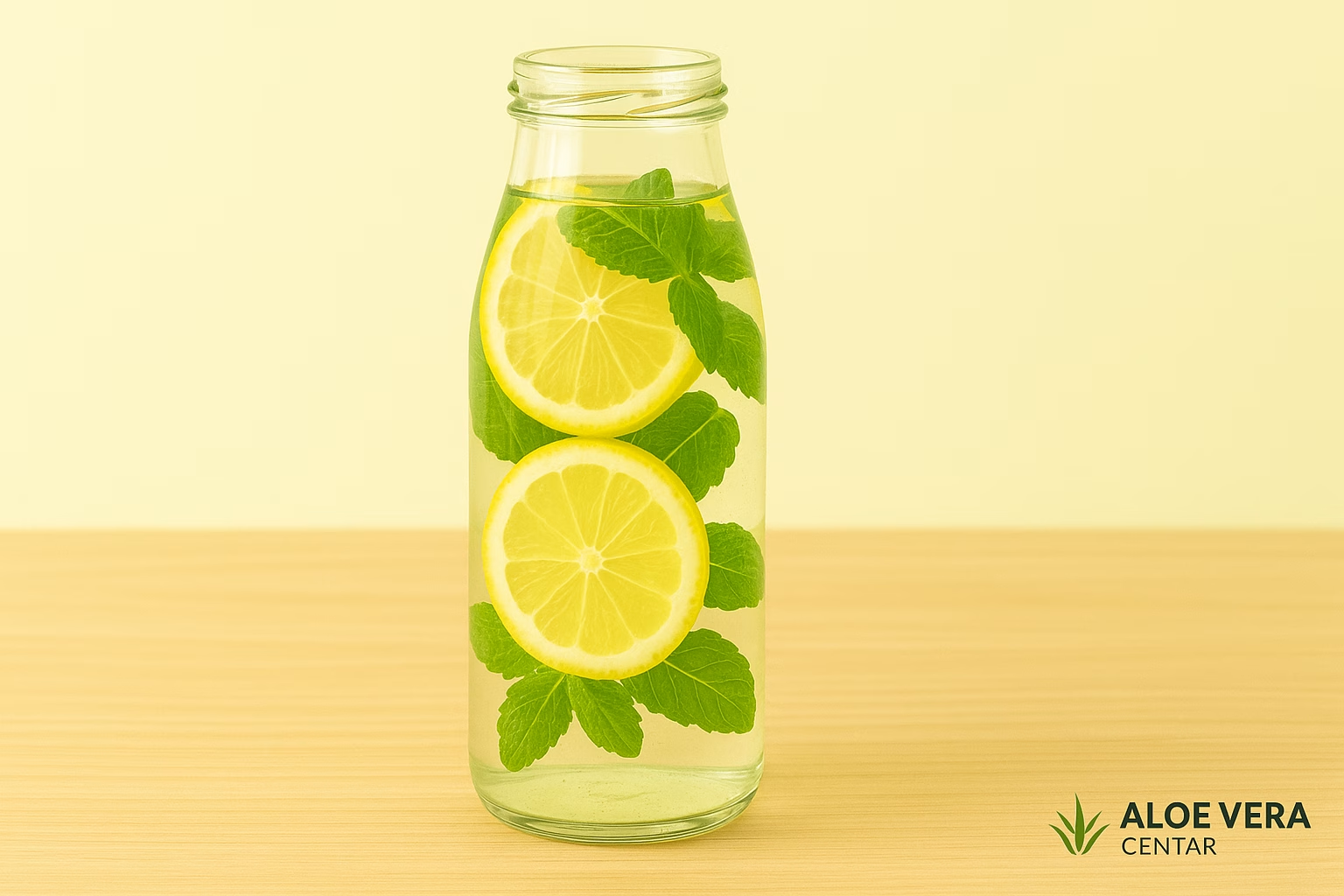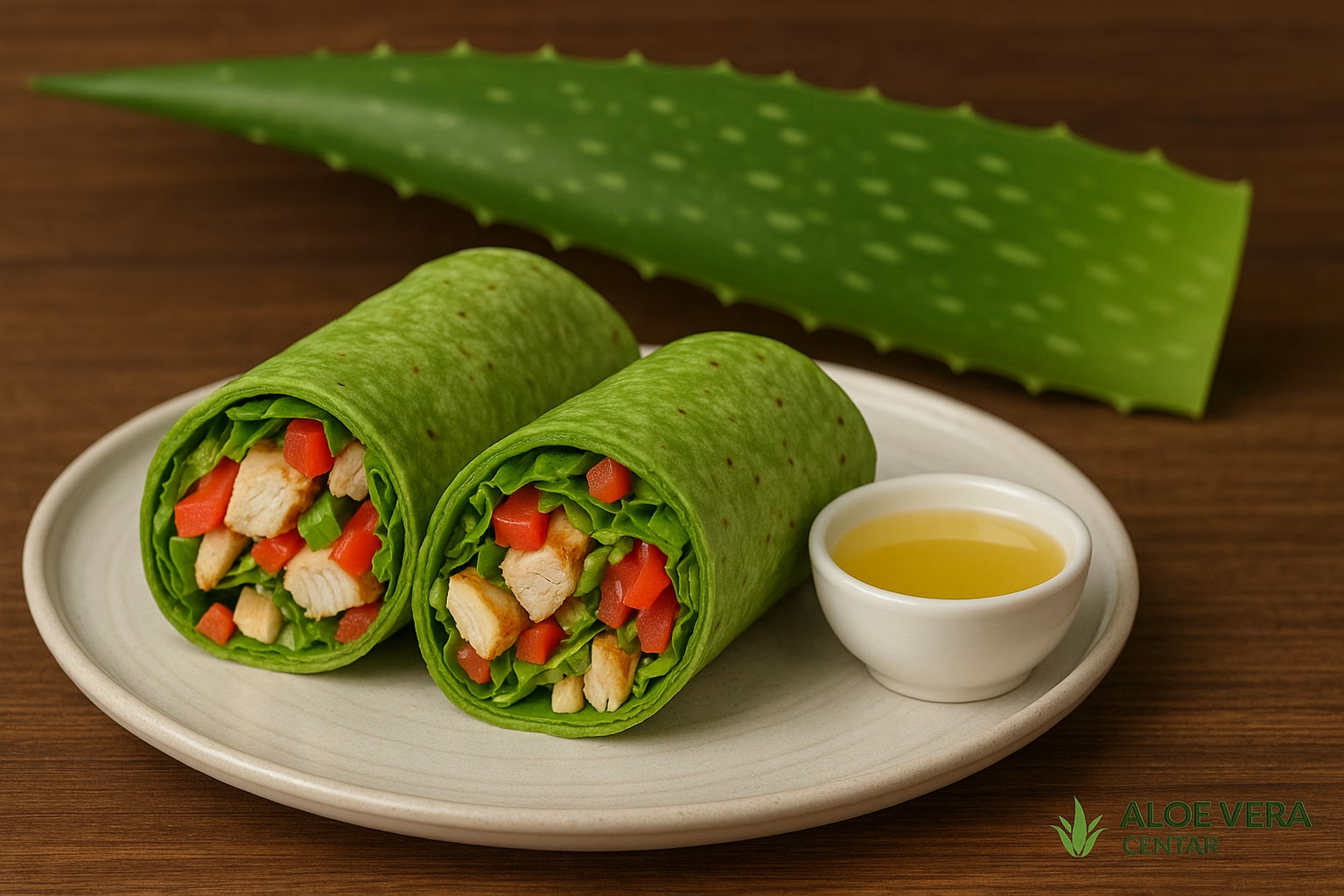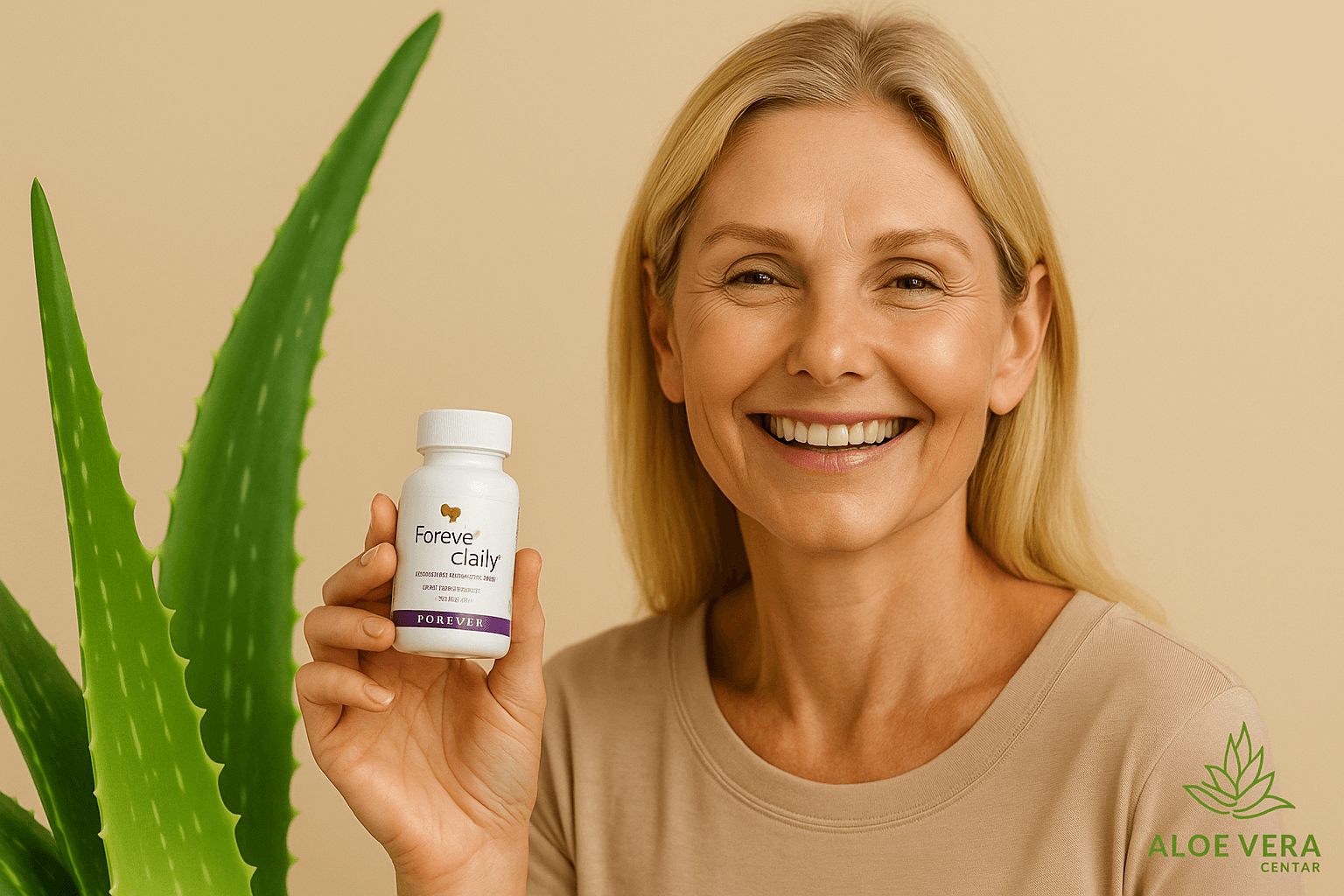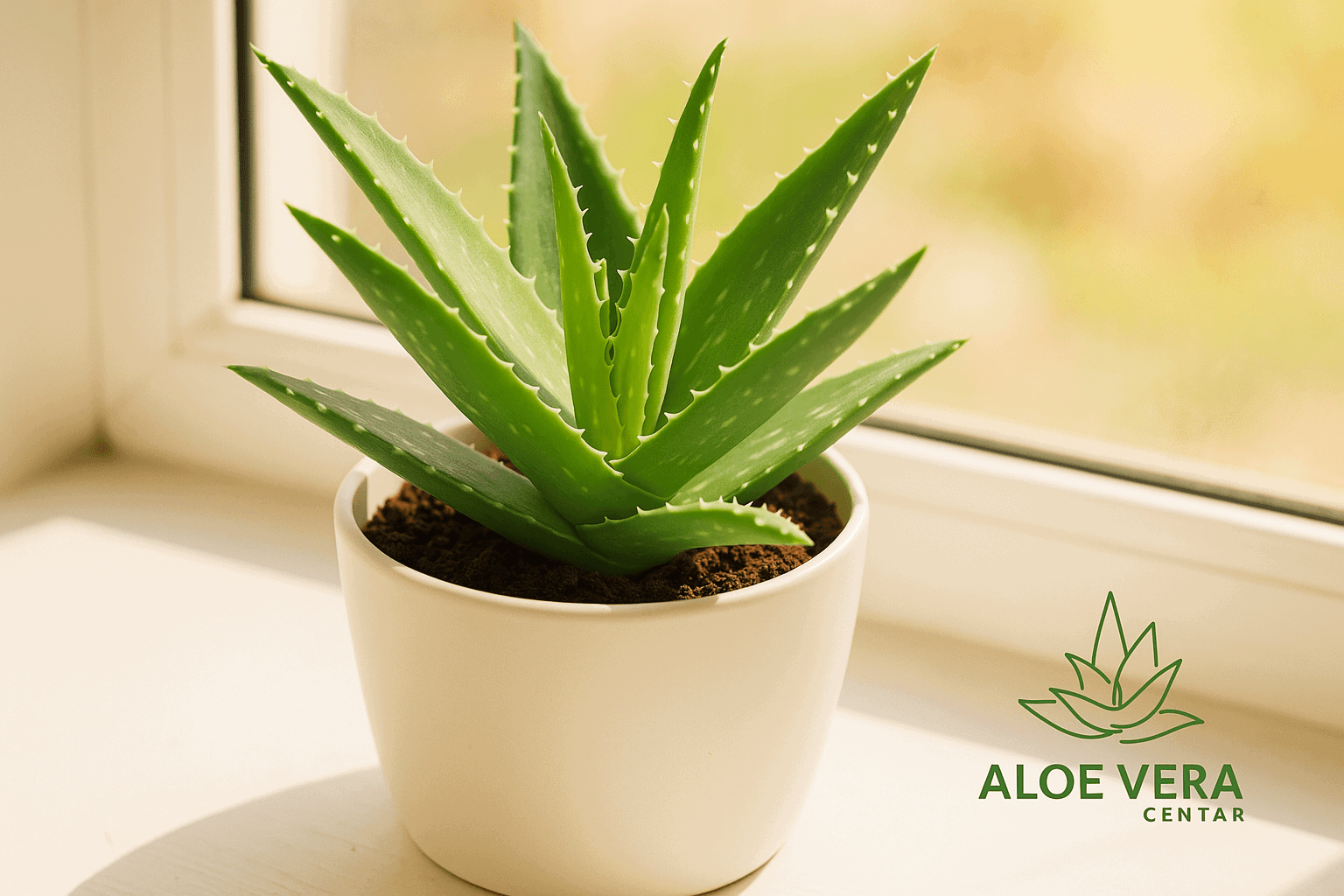
Aloe vera in the apartment – tips for growing, caring for and using the medicinal gel
Aloe vera in the apartment: Practical tips for successful cultivation and care
Aloe vera is one of the most popular and beneficial houseplants in the world. Thanks to its medicinal properties, proven resilience, and easy care, growing Aloe vera indoors is appealing to many plant lovers. Whether you want to have an ornamental plant to beautify your home or plan to use its gel for skin care and immune support, this is the right guide for you.
Below, find out how to successfully propagate Aloe vera, what to pay attention to when watering, what temperature it prefers best, and how to properly maintain it to be healthy and long-lived. In addition, we will reveal to you how its fleshy leaves, rich in medicinal gel, become an ideal natural resource for skin care and body support. Don’t miss the recommendation for a free webinar, thanks to which you can discover how to take your passion for Aloe vera to the next level with the help of Forever Living products and cooperation with an experienced team.
Propagating Aloe Vera in an apartment
The main step to successfully growing Aloe vera at home is proper propagation. The good news is that this process is very simple, and you can do it in two common ways:
1. Propagation by leaf cuttings
This method involves cutting off a leaf with part of the stem using sharp scissors or a knife. After removing the leaf, leave it for a few days to allow a protective membrane (callus) to form at the cut site. This prevents excessive moisture loss and the penetration of bacteria. Then plant the leaf in a pot filled with a mixture of soil and sand or pebbles for drainage.
Rooting takes about a month, during which it is important to water the plant moderately – enough so that the substrate does not dry out completely, but also so that it is not overly moist. Once you notice the first signs of new growth, you can reduce watering to your usual routine.
2. Propagation using cuttings (shoots)
Another method of propagation is to separate the shoots that grow next to the main root of the Aloe vera. When the young plant is large enough and has developed its own roots, carefully separate it from the mother plant. Be sure to separate the young shoots only when the root is strong enough to survive transplanting.
After separating, transplant it into a separate pot prepared with a mixture of soil and sand. Water it lightly for the first few weeks until you notice stable growth, then continue with your usual care. In this way, Aloe vera can be easily and regularly “multiplied”, especially if the plant is happy with the conditions of the apartment.
Climatic conditions for outdoor cultivation
If you want to grow Aloe vera in your garden, a Mediterranean climate or regions with warmer, drier summers and mild winters are best. In colder areas, protection from low temperatures and frost should be provided, for example by using a cover or bringing the plant indoors, heated during the winter.
Aloe vera in the apartment and how to water it properly?
Despite the fact that Aloe vera leaves contain up to 95% water, the plant does not tolerate overwatering. Regular overwatering can lead to root rot and ultimately the death of the entire plant. Therefore, it is crucial to remember:
- Summer period : Water about once a week.
- Winter period : Water once a month (or even less often, depending on conditions).
It is preferable to use jars or containers with holes in the bottom so that excess water can drain freely. Adding gravel, sand or pebbles to the bottom of the container ensures good drainage and prevents moisture from accumulating around the roots.
Did you know? Despite its prickly leaves, Aloe vera is not a cactus! It belongs to the lily family (Lat. Liliaceae), similar to onions, tulips, or lilies.
Ideal location and temperature for Aloe vera in the apartment
Aloe vera thrives best in a bright, sunny spot. Ideally, place it on a south- or east-facing windowsill, where it will get plenty of sunlight but also occasional shade. Excessive exposure to direct midday sun in the summer can sometimes cause slight yellowing of the leaves, so if you notice such changes, temporarily move it to a spot with diffused light.
The temperature at which you keep aloe vera plays a very important role in growing it in your apartment. During the day, ideal values are between 20 °C and 24 °C, while at night the temperature can drop to 10 °C (although it is optimal to keep it above 15 °C). In the spring, you can consider additional feeding with a fertilizer rich in phosphorus to encourage possible flowering and contribute to the health of the plant.
Soil, substrate and root depth
Aloe vera Barbadensis Miller , the most popular medicinal variety, has a root that usually reaches 20 to 30 cm in depth. Since it prefers well-drained soils, it is recommended to plant it in a shallow and wide container, filled with light, permeable soil enriched with gravel, sand or perlite.
This way, the roots will get enough air and moisture, and excess water will not cause them to accumulate and rot. Make sure the jar has enough holes in the bottom so that watering is not wasted – excess water should drain freely.
How to use Aloe Vera grown at home?
One of the biggest reasons why many people grow Aloe Vera indoors is the healing gel found in the leaves. It is a real boon for skin care, helping with minor burns and scrapes, and possibly supporting immune system function.
If you want to use the gel, wait until the plant is over four years old. This is when it contains the maximum concentration of beneficial ingredients. It is most often recommended to remove three to four leaves every two months, cutting them as close to the main stem as possible. It is important not to damage the gel in the leaf and not leave an “open wound” so that bacteria do not enter the plant.
For fresh gel, wash the leaves, remove the outer layer, and use the clear, gelatinous part. This can be used for:
- Skin care : As a moisturizing mask or addition to face cream.
- Scalp care : Gently massaging the scalp with gel can help hydrate the hair and soothe the scalp.
- Dietary supplement : With a doctor’s recommendation, some people consume the gel to boost immunity and contribute to the detoxification of the body.
Scientific research, such as a study published on PubMed , suggests that Aloe vera may have a positive effect on the body thanks to polysaccharides and other bioactive compounds. However, caution and consultation with a doctor are advised for more serious health conditions or long-term treatments.
Aloe vera as immunity support
It is often recommended as a dietary supplement for people who have immune system problems or are going through challenging life circumstances. Aloe vera is said to be an immune booster, which means it can support the body’s resistance.
Father Romano Zaga stands out in particular, as he described in his works how Aloe vera, together with other natural ingredients, can have a positive effect on people with reduced immunity and various serious ailments. Of course, such information should not be taken for granted – it is always best to consult a doctor or nutritionist to coordinate all dietary supplements and existing therapies.
Lifespan of Aloe Vera in an apartment
With proper care, Aloe vera can live up to 12 years or more. From the fourth year, you can start collecting its leaves (a few leaves every few months) without harming the plant itself.
Key tips for a long life of Aloe Vera:
- Maintain good drainage properties of the soil
- Adjust watering frequency to the season
- Provide enough light , but make sure it doesn’t burn in the scorching sun.
- Top dressing (moderately and only in the spring months)
- Winter protection : If you keep it outside, bring it into a warm place.
FAQ – Frequently Asked Questions and Answers
Q1: How much water does my Aloe Vera need?
Answer: About once a week in the summer, and once a month in the winter, or even less often if you notice that the soil is drying out more slowly. The biggest mistake is overwatering, which causes root rot.
Q2: Can Aloe vera survive in cold conditions?
Answer: Although it can withstand a short drop in temperature, it is ideal to keep it above 10 °C. When the temperature drops below this value, the risk of damage increases.
Q3: Why are my leaves turning yellow at the tips?
Answer: Possible reasons include too much direct sunlight, over or under watering, or a lack of nutrients. Try adjusting these conditions gradually, observing the plant’s reaction.
Q4: What is the difference between Aloe vera and other “aloes”?
Answer: There are more than 400 species of the Aloe genus, but Aloe barbadensis Miller is considered the most useful due to its high concentration of medicinal ingredients. Other types can be decorative, but they do not have such an abundant supply of gel or the same spectrum of useful compounds.
Q5: Can I eat or drink my own Aloe Vera gel?
Answer: It is possible if it is Aloe barbadensis Miller and if the plant has not been treated with chemicals. However, we recommend caution and consultation with a doctor, especially if you have chronic illnesses or are taking other therapies.
Conclusion: Aloe vera as a valuable “green friend” in your home
With proper care and following a few simple rules, Aloe vera can become a reliable and long-lasting companion in your home. Its decorative and medicinal attributes make it a favorite plant for many nature lovers. From cutting leaves to make fresh gel, to boosting immunity, to purifying the air in your home – Aloe vera shows enviable versatility.
If you are excited by these insights and want to advance your knowledge, perhaps the next logical step is to explore the business opportunities that come with collaborating with Forever Living . This brand is globally known for its high-quality Aloe Vera products and developed distribution model, and you can learn more in a free webinar.
Take advantage of this special offer and get a discount on premium Aloe Vera products. This way you can try the full range, deepen your knowledge and build your own business focused on health and well-being at the same time.
Knowing all this, the next time you see a strong, fleshy plant with spiny leaves, you will have a good idea why it is so loved and appreciated. Although it may not belong to the cacti, for many people Aloe vera is the plant that brings a touch of exoticism, health and natural balance to the home environment.
This content is for informational purposes only and is not a substitute for professional medical advice, diagnosis, or treatment. For additional information regarding specific health and nutritional needs, please consult a qualified professional. When handling plants, please be aware of personal safety and possible allergic reactions.

